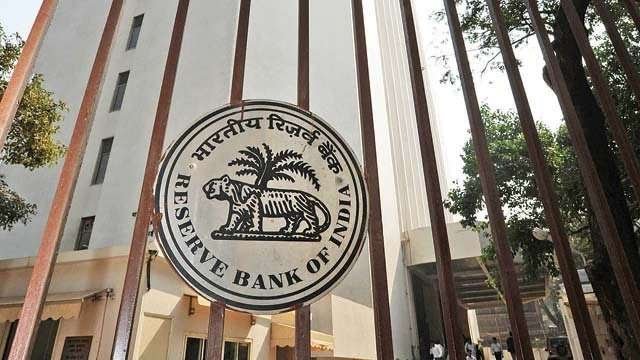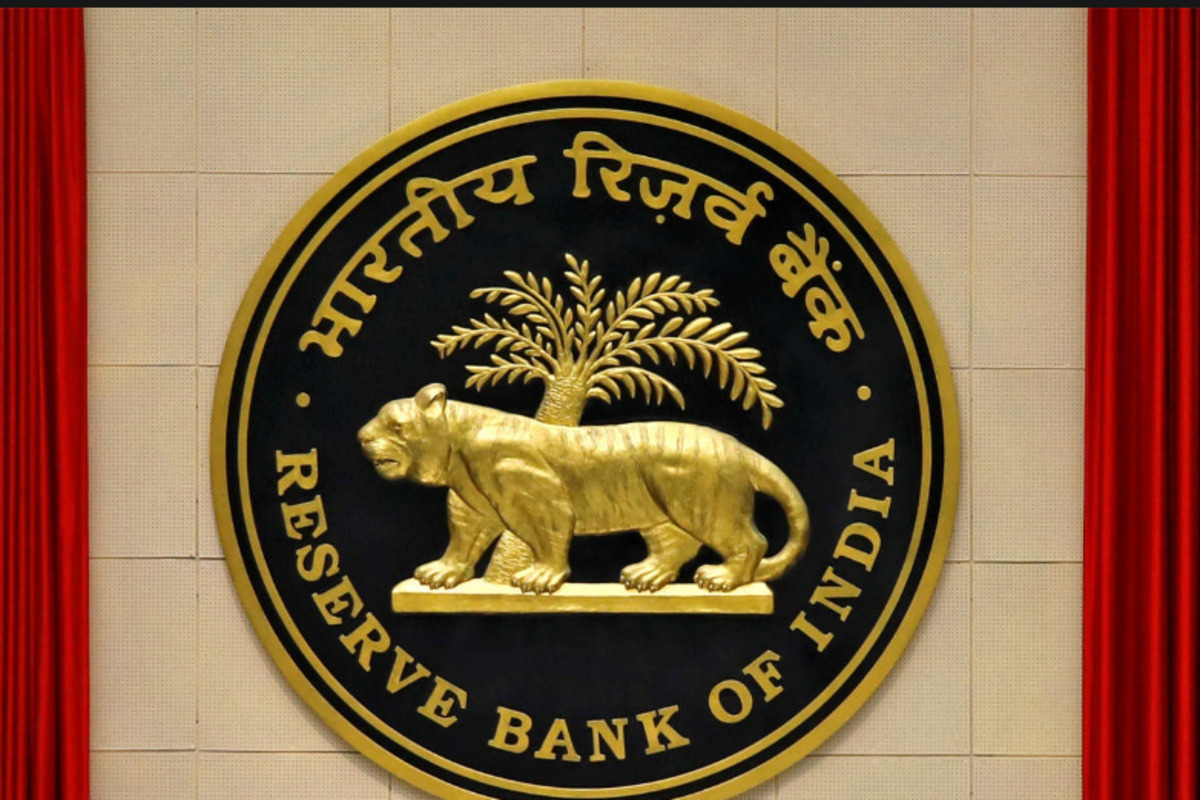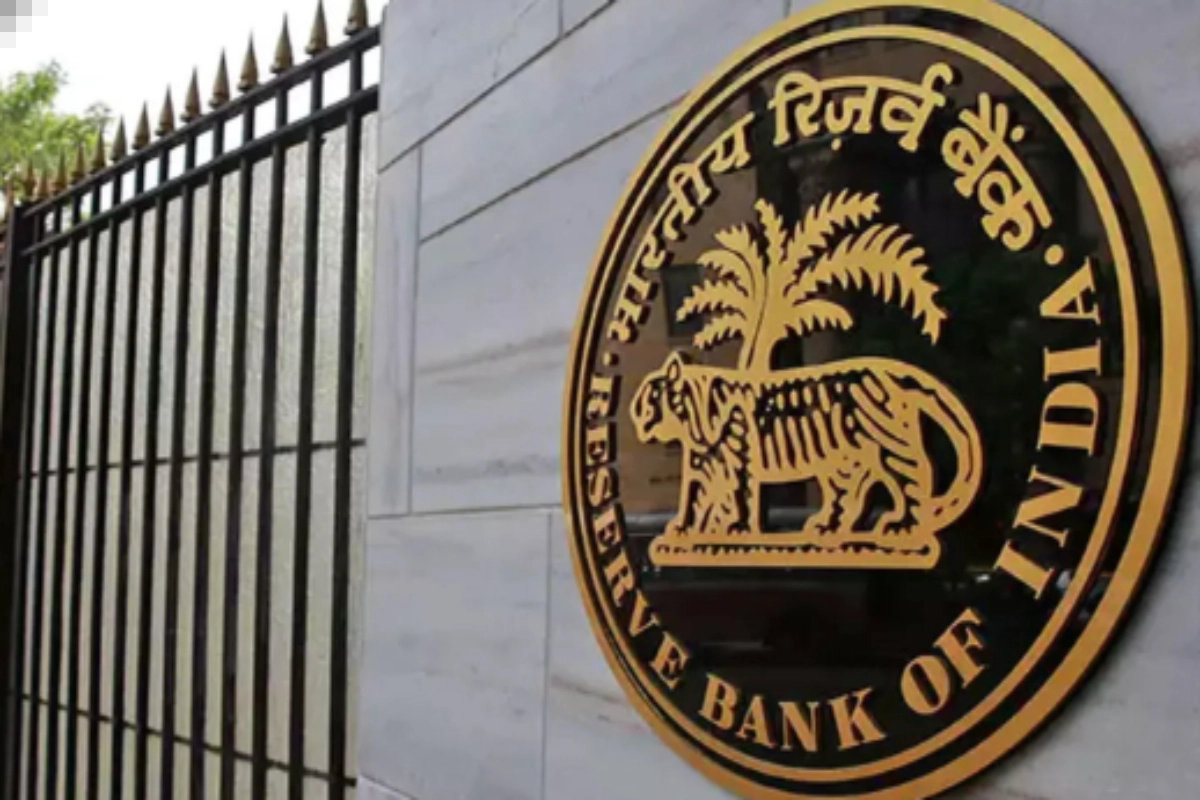What is Repo Rate:
Repo rate refers to the rate at which commercial banks borrow money by selling their securities to the Central bank of our country i.e Reserve Bank of India (RBI) to maintain liquidity, in case of shortage of funds or due to some statutory measures. It is one of the main tools of RBI to keep inflation under control.
How Does RBI Calculate Repo Rate?
On the basis of the economic condition, as discussed in the last paragraph, the RBI regulates the repo rate. The rates are decided by the central bank on the basis of the inflation or recession in the market of the country.
What is Reverse Repo Rate:
Reverse repo rate is the rate at which the central bank of a country (Reserve Bank of India in case of India) borrows money from commercial banks within the country. It is a monetary policy instrument which can be used to control the money supply in the country.
What is Monetary Policy?
Monetary policy is the procedure by which the monetary authority of a nation, normally the central bank or currency board, controls either the expense of short-term borrowing or the cash supply, focusing on inflation or the loan fee to guarantee value strength and general trust in the currency. Further goals of monetary policy are:
- to contribute to the stability of the gross domestic product,
- to achieve and maintain low unemployment, and
- to maintain predictable exchange rates with other currencies.
In India, the monetary policy is developed by the Reserve Bank of India. Hence, it is also called the Monetary Policy of RBI.
(For more updates stay tuned with DNP India)











